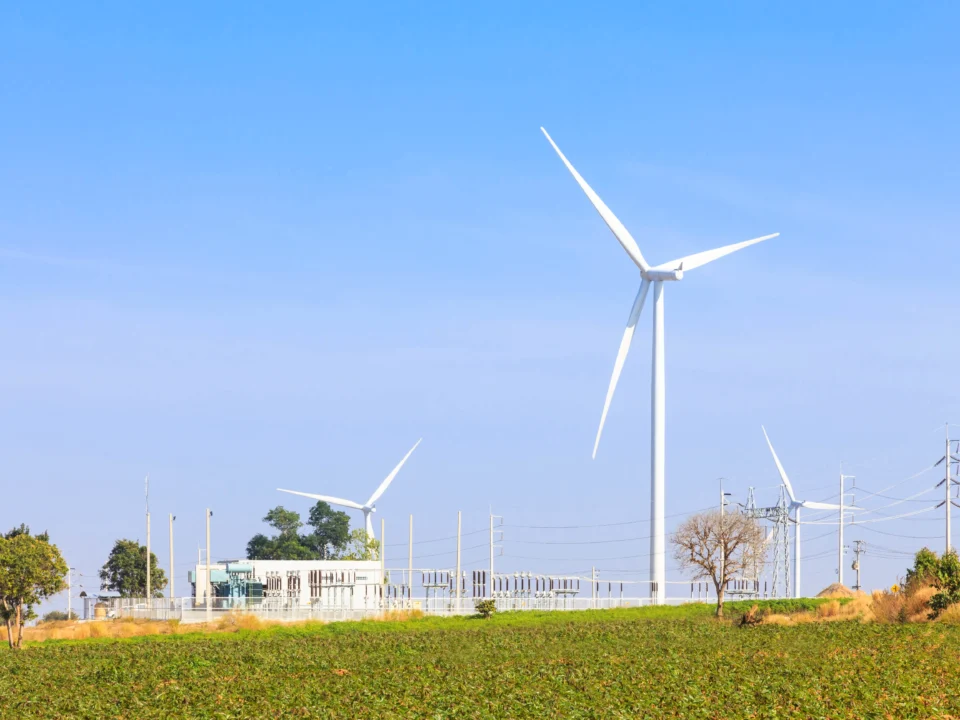Introduction
With the ever-growing demand for clean and renewable energy, solar thermal power plants have emerged as a key player in sustainable electricity generation. These power plants harness the sun’s energy to produce electricity efficiently while reducing reliance on fossil fuels. Unlike conventional photovoltaic (PV) panels, which directly convert sunlight into electricity, solar thermal power plants use mirrors or lenses to concentrate sunlight, generating heat that drives turbines. This blog explores how solar thermal power plants work, their advantages, challenges, and their crucial role in shaping a sustainable energy future.
Understanding Solar Thermal Power Plants
Solar thermal power plants, also known as concentrating solar power (CSP) plants, utilize mirrors or lenses to focus sunlight onto a receiver, which absorbs and converts it into heat. This heat is then used to produce steam that drives turbines connected to electricity generators. The primary types of CSP systems include:
- Parabolic Trough Systems – Curved mirrors focus sunlight onto a tube containing a heat-absorbing fluid.
- Power Tower Systems – Large mirrors (heliostats) direct sunlight to a central receiver atop a tower.
- Fresnel Reflectors – Flat, thin mirrors concentrate sunlight onto tubes, similar to parabolic troughs but with lower cost.
- Dish Stirling Systems – Parabolic dishes focus sunlight onto a small power unit, usually a Stirling engine.
These technologies allow solar thermal power plants to generate electricity efficiently while also enabling energy storage solutions to provide power even when the sun isn’t shining.
Advantages of Solar Thermal Power Plants
1. Sustainability and Clean Energy
One of the primary benefits of solar thermal power plants is their contribution to clean energy. By harnessing the sun’s energy, they produce electricity without emitting greenhouse gases, making them an environmentally friendly alternative to fossil fuels.
2. Energy Storage Capabilities
Unlike traditional solar PV systems, solar thermal power plants can incorporate thermal energy storage. Using molten salts or other heat-retaining fluids, these plants can store excess heat during the day and use it to generate electricity at night or during cloudy periods. This enhances grid reliability and ensures a consistent power supply.
3. High Efficiency and Scalability
CSP systems have higher efficiency levels compared to standard PV panels due to their ability to concentrate sunlight. Additionally, they can be scaled up to produce large amounts of electricity, making them ideal for industrial applications and national power grids.
4. Job Creation and Economic Growth
The development and maintenance of solar thermal power plants create numerous jobs in engineering, construction, and maintenance. This boosts local economies and supports a transition towards renewable energy sectors.
5. Reduction of Fossil Fuel Dependency
Solar thermal power plants significantly reduce dependence on non-renewable energy sources such as coal, oil, and natural gas. This not only lowers carbon emissions but also minimizes geopolitical energy conflicts.
Challenges of Solar Thermal Power Plants
1. High Initial Costs
One of the major barriers to widespread adoption of CSP technology is its high capital cost. Building a solar thermal power plant requires significant investment in land, infrastructure, and technology, making it more expensive than PV solar farms.
2. Geographical Limitations
Solar thermal power plants require direct, intense sunlight to function efficiently. This makes them best suited for regions with high solar irradiance, such as deserts and arid zones. Cloudy or less sunny areas may not be ideal for CSP deployment.
3. Water Consumption
Many CSP plants rely on steam turbines, which require substantial amounts of water for cooling. In arid regions where these plants are often built, water scarcity can pose a challenge, necessitating the use of alternative cooling methods like dry cooling.
4. Competition with Photovoltaic (PV) Technology
The rapid advancement and decreasing costs of solar PV technology pose competition to solar thermal power plants. While CSP offers advantages in energy storage, PV systems are often cheaper and easier to deploy, leading to greater investment in PV projects.
Future of Solar Thermal Power Plants
Despite challenges, the future of solar thermal power plants remains promising, especially with advancements in energy storage, hybrid systems, and technological innovations. Some key trends shaping the future include:
1. Integration with Energy Storage Solutions
The development of advanced thermal storage materials, such as molten salts, is making solar thermal power plants more viable by ensuring a stable power supply even after sunset.
2. Hybrid Systems with Other Renewables
Combining CSP with PV solar farms or wind energy can create hybrid renewable energy systems that offer greater flexibility and reliability. This approach maximizes energy production and ensures a balanced power grid.
3. Cost Reduction Through Technological Innovations
Ongoing research is focused on reducing the costs of CSP systems by improving mirror designs, heat transfer fluids, and storage methods. These innovations will make solar thermal power plants more competitive in the renewable energy market.
4. Government Policies and Incentives
Supportive government policies, tax incentives, and renewable energy mandates are crucial for the continued growth of CSP technology. Countries investing in CSP are likely to benefit from long-term energy security and environmental sustainability.
Conclusion
Solar thermal power plants are a crucial component of the transition to sustainable electricity generation. With their ability to provide clean energy, integrate with storage solutions, and reduce fossil fuel dependency, CSP technology plays a vital role in shaping a greener future. Although challenges like high costs and water consumption exist, continued research and technological advancements are making solar thermal power plants more efficient and viable. As the world seeks to combat climate change and move towards renewable energy, solar thermal power plants will undoubtedly be a key player in achieving a sustainable and resilient energy future.




